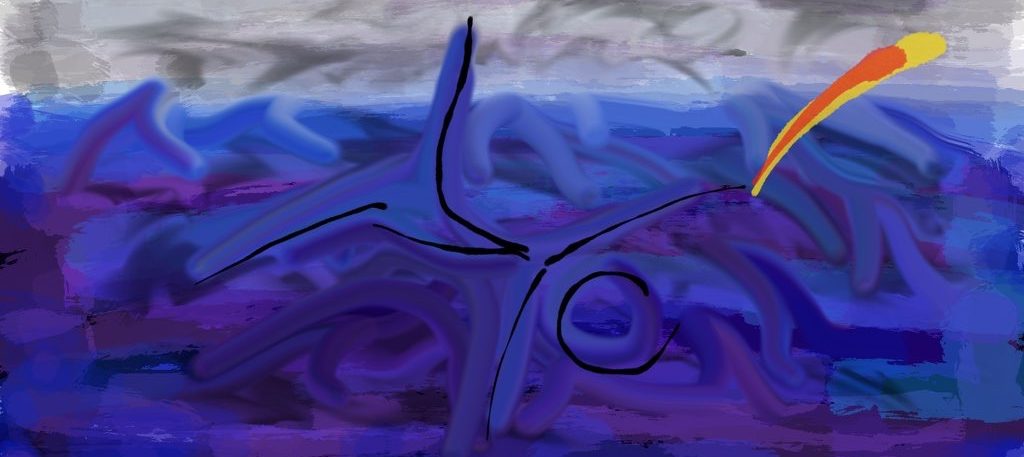In this exercise, you are asked to connect three short resources:
| 1) The story “here you go!” by survival international here
2) The illustrated presentation “who profits from poverty” by the global pov project here 3) The illustrated presentation “global wealth inequality: did you know this?” originally created by “the rules” project here If you are really interested in this topic, you can read the “Parrot Training retold” illustrated story by Manish Jain here |
Dipping in questions for you to sit with:
What do the three resources have in common?
What is the mainstream story about international development? How is this story reproduced in society?
If we take account of colonialism, expropriation, exploitation, destitution, slavery and genocide, would we still be able to uphold the mainstream story as a benevolent story of progress, development and civilization?
Who has provided the materials and the labour force for the construction and maintenance of the house modernity built?
How are the three stories similar or different from what you were taught at school and by the media?
How does “unlearning” stories that are imprinted in us feel like initially? What does it feel like after a while? Check your bus : )
Diving deeper questions:
Before we get to the questions, we would like to say that in this course we will use the terms global north and global south to refer to unequal global relations of power. In academic discussions, there is an ancient and ongoing debate about the terms used to classify countries. For more than thirty years, critical scholars have tried to emphasize the power relations that are at play in labeling countries. Questions about who decides the labels, in whose name, and for whose benefit, have become really important in this field. For example, the use of terms such as developed, developing, less developed, and underdeveloped to refer to countries’ perceived stage of economic development has been heavily criticized for reproducing a single ideal of development that more powerful nations impose on less powerful ones. The terms first, second, and third worlds—which emerged during the cold war to refer to the capitalist bloc, the communist bloc, and the nonaligned countries—are also problematic and out of date. This is partly because they have come to imply a competitive race, where everyone wants to be “first,” which takes us back to limiting ideals of modern development. The terms majority and minority world have been proposed as replacements emphasizing that the rules of the game of development are set by a small number of countries, based on the interests of a small number of people, for the rest of the world to follow.
The terms global north and south emerged in the context of the North Atlantic Treaty Organization (NATO) and also carry problematic connotations, but we will use these terms in this course to highlight the uneven power relationships between low- and high-income countries. The pedagogical advantage of these terms is that the image they evoke can be further complexified. For example, we can use the term the south of the north to refer to poorer people in richer countries, the term the north of the south to refer to richer people in poorer countries, the term the north of the north to refer to the richest people in the richer countries, and the term the south of the south to refer to the poorest people in the poorest countries. While most people believe that rich countries support poorer countries in their “development,” there is ample empirical evidence showing that it is the other way around. Most of the wealth of countries in the global north comes from and is sustained by historical and systemic processes of exploitation, resource extraction, land-grabbing, unfair trade, enforced debt, and tied aid, embedded in colonialism, imperialism and systemic racism.
How do you think this applies to Canada? Who has subsidized the creation and “development” of Canada as a nation historically? At whose expense do we continue to enjoy the comforts of development today?
What are you noticing in your body? Are you feeling constriction, tightness, tension, pressure, tingling, opening or lightness? Where in your body are you noticing these feelings? Is your posture shifting? Are you folding in or straightening up? Are you clenching your teeth or bringing your shoulders to your ears? What do the responses in your body reveal to you about the ideas and beliefs that shape the narrative of “development”?
This infographic below shows how Canada was created at the expense of Indigenous peoples who are the traditional custodians of this territory. We also have to consider how Canada benefits from exploitation and expropriation of other Indigenous peoples elsewhere through exploitative commercial activities.
